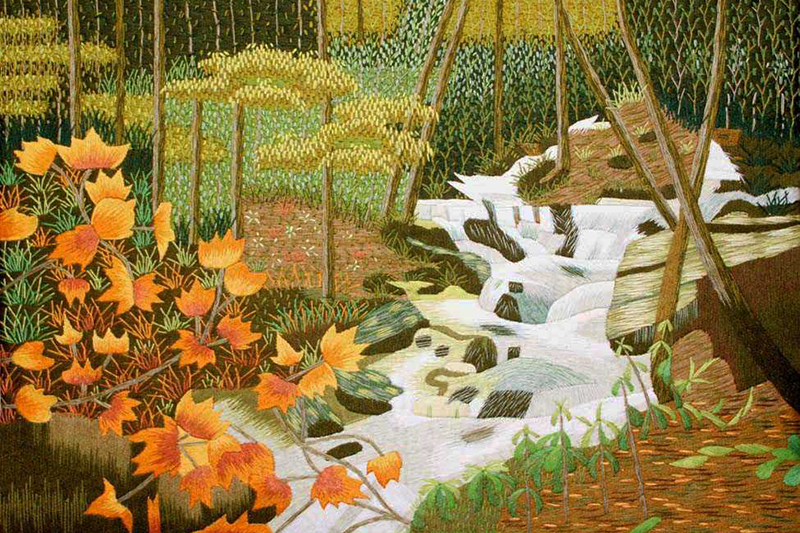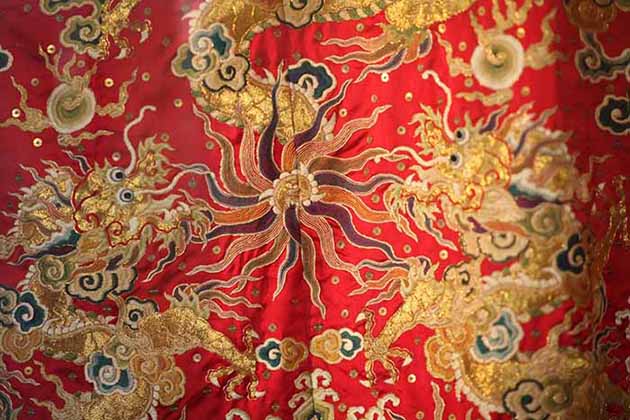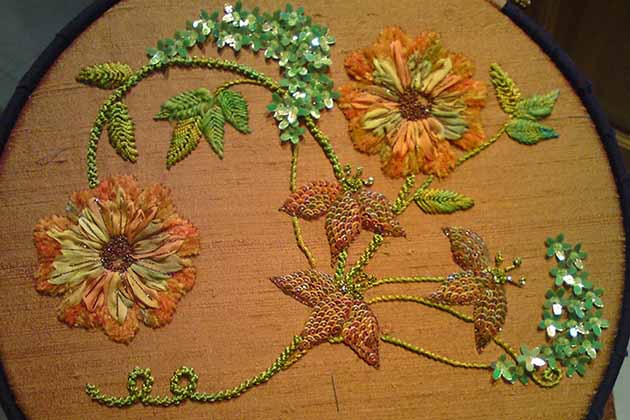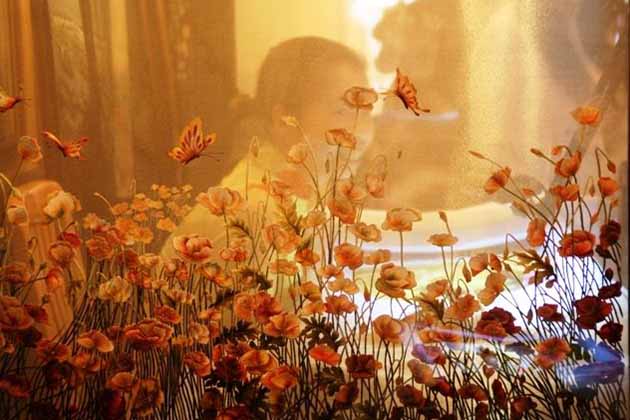The History of Embroidery Art in Vietnam
Embroidered painting is considered as a long-standing handicraft in Vietnamese paintings. In the early 17th century, the embroidery marked the first turning point in the history of formation and development. Mr. Le Cong Hanh (1606 – 1961) learned this form of art from China. Then he combined experience and techniques of embroidery painting to popularize this art form to Vietnamese people. Embroidery products were made on fabric material with the creativity of Vietnamese artists. At that time, the threads were manually dyed with natural materials such as indigo, dioscorea, luscious,…
The Great Evolution of Vietnamese Embroidery Art
In the early 90s of the 20th century, the Vietnamese silk embroidery art has gradually reached the pinnacle of art due to the establishment of many embroidery companies. From serving only for the King or the aristocrat, embroidery has been widely used throughout the country. Originally, embroidery is the work for women but now it is also for man, as long as they have the passion. From time to time, there are always skillful and enthusiastic artisans in the way of embroidery throughout the country.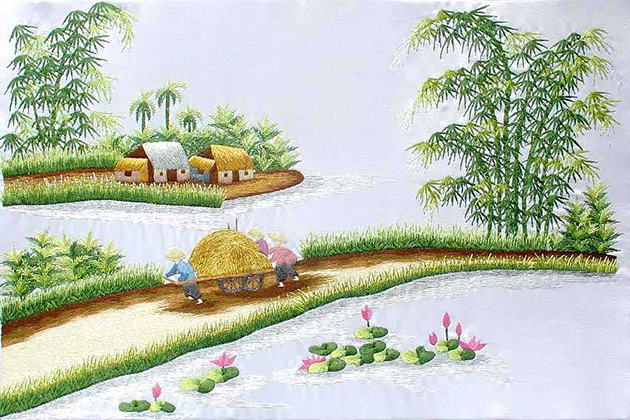
Nowadays, with the richness and variety of the material (fabric, thread) and the creativity of the artisan, Vietnamese embroidery has increasingly asserted its position. An embroidered picture is made not merely about the needle but it also marks the ups and downs of time. Through an embroidered picture, the viewer can see the profound value that it brings: the rustic, simple beauty of the Vietnamese people, the cultural identity of the country or the enthusiasm of the artist. Some famous embroidered paintings are Portrait of Uncle Ho; A girl beside the loom; The mouse’s wedding…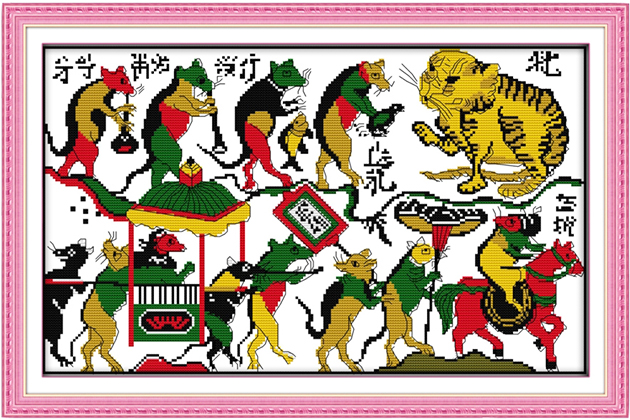
Popular Lines of Embroidery Paintings
There are two kinds of embroidery painting on the market today: Hand embroidery and Cross embroidery. Each kind has its own advantages and characteristics.
Hand Embroidery
Traditional hand embroidery can be made on any type of fabric: cotton, silk… After having the pattern, the artist has to transfer it to the fabric. This step is done entirely by hand, using a scanned paper needle pattern in combination with pastels and kerosene. Also, the pattern is adapted to the fabric with only the stroke but not the color as cross embroidery. With hand embroidery, the artisan has the chance to show their creativity with many different color codes of the thread, including raw thread, polished thread, silk thread,…These are bright and smooth threads so after finishing, the embroidered picture will be framed glass and hung up, which is very luxurious and outstanding.
Traditional hand embroidery requires a long process of training. Being able to master the skill of hand embroidery can take years, depending on the ability to learn, the patience, the creativity and even the gift of the artisan.
Cross Embroidery
The fabric for cross embroidery is made of plastic. It is divided into equal – sized pieces, and the pattern with color is also printed on the fabric. This kind of embroidery is used mainly with the raw thread with more than 400 color codes of different shades. For needle, it is recommended to use the big one and not pointed because there are already holes between the cells on the fabric. To make a cross embroidered picture, the craftsman will embroider the cross sign interlaced with each other.
Cross embroidery is favored by the majority of women because its technique is quite simple and does not take too much time.

